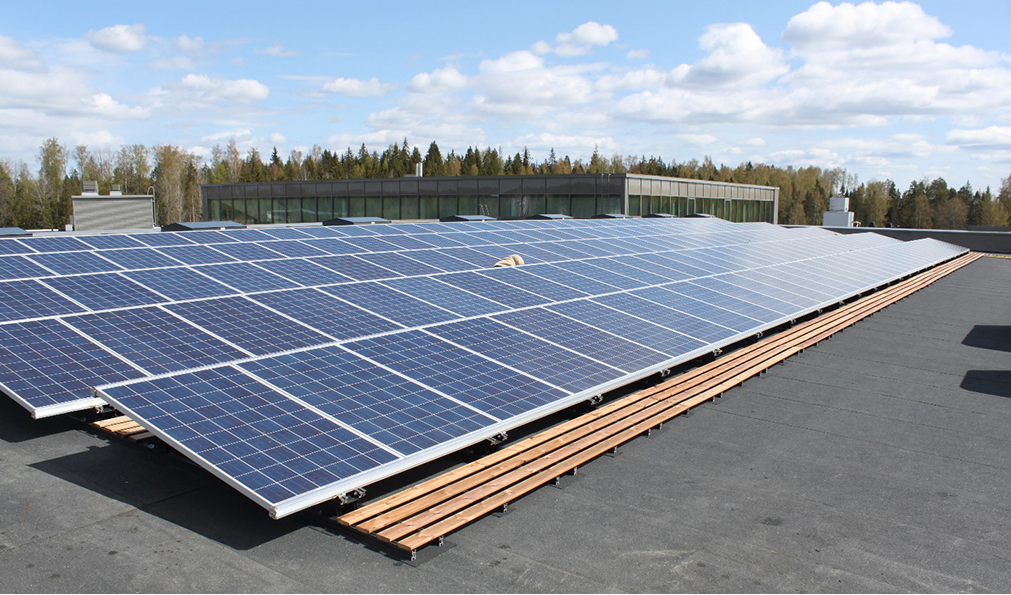According to official statistics, Finland has reached a cumulative installed PV capacity of 27 MW, as of the end of December 2016. Most of this capacity, around 19 MW, was installed in 2016 alone, while the remaining installed PV power was deployed between 2014 and 2015.
Last year’s new additions are slightly down from the 20 MW that the Finnish academic, business and city partnership Finsolar, which represents all entities interested in promoting solar energy throughout the country, had previously predicted. Finsolar, however, believes that the current installed capacity is larger than what official statistics are showing, and that it has reached around 32 MW.
This growth of the Finnish solar market was the result of the policy supporting PV which was recently implemented by the government. Under current legislation, solar power for self-consumption is exempted from grid-fees and electricity taxes for generators not exceeding 100 kW or 800 MWh in power production per year. Furthermore, the government is granting municipalities and enterprises (housing sector and state properties are excluded) a solar rebate for buying and installing a PV system which covers between 25% and 40% of investment. Moreover, single houses can get household tax deduction (approximately up to 10% from the whole investment price) from installation work.
Finsolar believes that in 2017, the market will keep growing at the same pace as last year or even faster, if the government maintains incentives at the same level. “The investment atmosphere is now very good,” said Karoliina Auvinen of Finsolar, “As there are all the time news or announcements of new installations, and people in general are very interested and keen on solar energy. The general positive news about the economic situation is also good for the market growth I believe, as the Finnish economy was stagnated for very long time but now the economy is finally starting to grow again. The open question is how the grants are going to develop, solar PV growth is already eating a big portion of the government's quite small energy grant budget that is also targeted to energy efficiency, biogas and other similar investments. So, it is likely that the subsidy level will decrease, but I don't know when.”
Auvinen also believes that community solar may represent a good opportunity to push forward the Finnish PV market, as around a third of the country’s population lives in house cooperatives. “Currently we focus merely in removing barriers from house cooperative segment,” Auvinen said. The Finnish legislation, in fact, is not including community solar in the incentive scheme. Finsolar is also now working with the government to improve net metering (net billing) and to maintain the current level of incentives.
Finsolar is a partnership project led by Finald's Aalto University School of Business.
This content is protected by copyright and may not be reused. If you want to cooperate with us and would like to reuse some of our content, please contact: editors@pv-magazine.com.




By submitting this form you agree to pv magazine using your data for the purposes of publishing your comment.
Your personal data will only be disclosed or otherwise transmitted to third parties for the purposes of spam filtering or if this is necessary for technical maintenance of the website. Any other transfer to third parties will not take place unless this is justified on the basis of applicable data protection regulations or if pv magazine is legally obliged to do so.
You may revoke this consent at any time with effect for the future, in which case your personal data will be deleted immediately. Otherwise, your data will be deleted if pv magazine has processed your request or the purpose of data storage is fulfilled.
Further information on data privacy can be found in our Data Protection Policy.